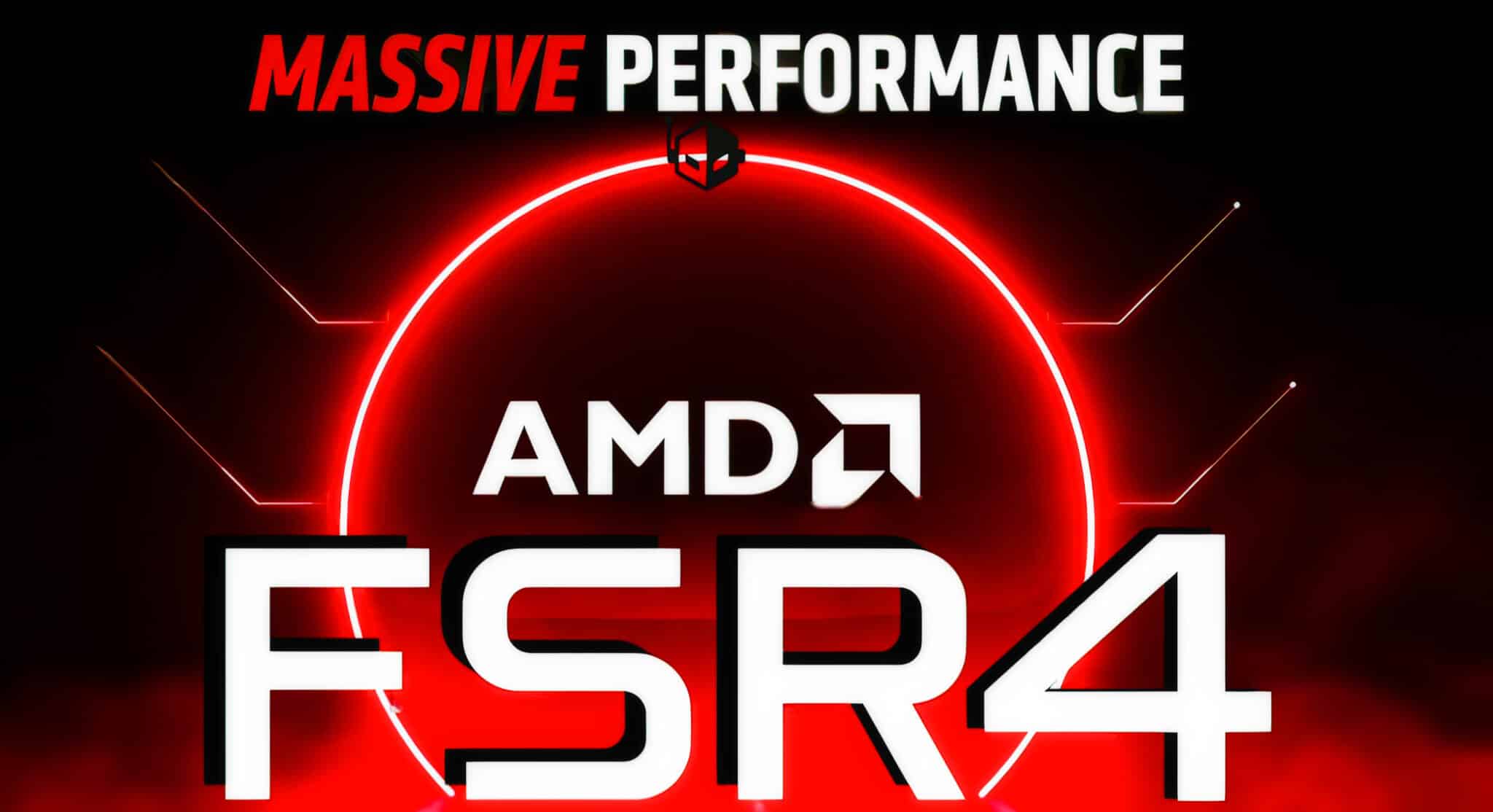Longer battery life for handhelds is mentioned as an explicit goal
At IFA 2024, AMD let a few cats out of the bag.
Among other things, the company spoke about the future of its graphics card division, which will be moving away from the high-end sector, at least in the short term.
FSR 4 as an AI upscaler:In addition, Jack Huynh, in his role as head of AMD’s “Computing and Graphics Business” department, also revealed more about the plans for FidelityFX Super Resolution (FSR).
- The AMD upscaling FSR 3 can be found in first games since September 2023.
- Work on the successor generation is said to have started several months ago – and, as with the GPUs, a change of strategy is also in sight here.
This was announced by Huynh in an interview with the portalTom’s Hardware. FSR 4 is to be based on a new, AI-based solution
- Nvidia is pursuing a similar approach with DLSS 3 (Deep Learning Super Sampling), which is based on the AI units of the current RTX 4000 generation.
In contrast, - FSR used a combination of bilinear upscaling and machine learning. The new generation should now also work with the help of artificial intelligence.
Focus on handhelds:However, Huynh did not see the most important point in the classic PC market. Instead, gaming handhelds were explicitly named as the core group for FSR 4:
- When you look at the Lenovo Legion Go or the Asus ROG Ally, the “battery life is simply not there”. Gamers want to run current titles for several hours and not over a short period of time.
- The idea behind the AI-based solution is to increase efficiency in order to guarantee better battery life with a stable frame rate and higher resolution.
Radeon graphics cards – whether current or upcoming – are not mentioned in FSR 4, nor is a release date given.
PSSR as an anticipation?It is also exciting to see to what extent Sony’s recently presented “PlayStation Spectral Super Resolution” is connected to FSR 4.
At least it is already clear that the AMD APU of the PlayStation 5 Pro is also a preview of upcoming ray tracing technologies of the Radeon graphics cards.
The Huynh interview itself does not discuss the Sony console, but the timing of the presentation at least fits, so we dare to make our own classification here.
At the technical presentation of the PS5 Pro, there was a lot of advertising about AI upscaling, which should enable the Sony console to achieve stable frame rates at high resolutions.
- Due to the long-standing partnership between Sony and AMD, it is conceivable that FSR can and will draw on the findings of PSSR, at least in some areas.
- The timing would work out in this sense, as the PS5 Pro and its features have been in development for at least a year and a half, while AMD’s Huynh himself confirmed that the AI focus at FSR has existed for a year at most.
The possibility that PSSR is simply a renamed FSR 4 should be ruled out for the moment:
- So PSSR is a Sony-owned development in which AMD had no fingers in the pie, reported at least the usually well-informedDigital Foundryin March 2024.
- It’s also fitting that the presentation of the PS5 Pro itself explicitly differentiated between AMD and Sony technologies.
- If PSSR was a function based on AMD technology or even directly related to FSR 4, it can be assumed that PS5 chief architect Mark Cerny would have named it as such.
- In addition, Sony would probably not be allowed to simply slap the PlayStation brand name on the technology in this case, purely in terms of copyright law.


